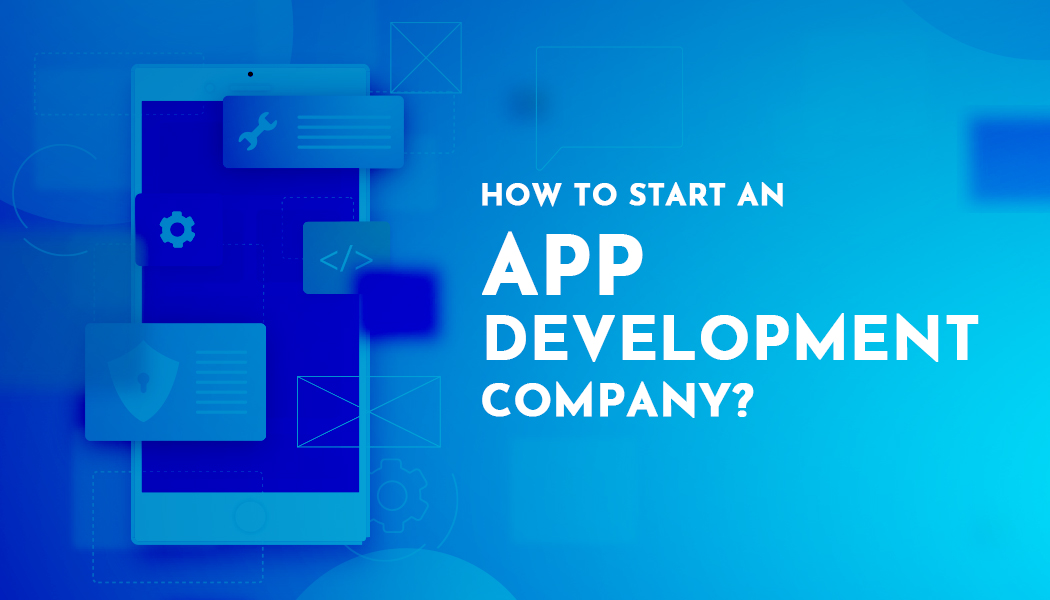How to start an app development company?
In the digital age, the demand for innovative mobile apps continues to grow, making app development a profitable venture for aspiring entrepreneurs. Building your own application development company can be an exciting and rewarding journey, but it requires careful planning, strategic decision-making, and a clear understanding of the industry landscape.
In this detailed guide, we will look at the basic steps to successfully launch your application development company, from choosing the best application designer to creating financial application ideas that match the market.
Understanding the application development landscape
Before delving into the intricacies of creating an application development company, it is very important to get a comprehensive understanding of the application development landscape.
Mobile apps have become an integral part of everyday life, serving a variety of purposes, from entertainment and communication to productivity and commerce։
With millions of apps available on various platforms, the competition is fierce, which underscores the importance of unique value propositions and an exclusive user experience.
Choosing the Best Application Designer
One of the first decisions you should make when starting your app development company is to choose the right app creator. Whether you choose local application development, cross-platform development, or low-source/no-source platforms, choosing the best app builder will significantly affect your development process, timeline, and budget.
Developing your own applications provides unmatched performance and customizability, but requires knowledge of programming languages such as Java (for Android) and Swift (for iOS).
Alternatively, cross-platform development platforms such as React Native and Flutter allow you to create applications that will run on multiple platforms using a single code base, which simplifies development and reduces time to market.
Low-code/no-code platforms have gained popularity due to their easy-to-use and fast development capabilities, allowing people with limited technical experience to create functional applications. Evaluate the requirements, budget, and technical skills of your project to determine the most appropriate application creator for your company.
Creating ideas for financial applications
With the choice of the app creator, the next step will be to brainstorm and create ideas for financial applications that match market trends and consumer needs.
The financial sector offers a wide range of innovative opportunities due to the growing demand for mobile banking, personal finance management, investment tracking and digital payment solutions. Conduct market research to identify gaps or pain points in the financial sector that your application can effectively address.
Consider factors such as target audience demographics, competition analysis, and new technologies (such as blockchain and artificial intelligence) to refine your financial application ideas and differentiate them from existing solutions.
Some of the potential financial application ideas include budgeting apps that help users track spending and savings, investment platforms that offer personalized portfolio management, and uniform payment apps for seamless money transfers.
Create your own development team
When you have a clear vision of your financial application idea, it is important to assemble a suitable team of qualified specialists to bring your concept to life.
Depending on your budget and project scope, your development team may include application designers, software engineers, quality assurance testers, and project managers.
Collaborate with experienced professionals who understand the selected technologies and methodologies for application development.
Creating a rigid business plan
A well-defined business plan serves as a roadmap for your application development company, outlining your goals, target market, revenue streams, marketing strategies, and financial projections.
Include detailed information about your idea of a financial application, its unique advantages, and how it addresses market needs. Define your monetization strategy, whether through in-app purchases, subscriptions, in-app ads, or transaction fees.
Navigating the App Store guidelines and rules
Before launching your financial app, check out the app store rules and regulations set by platforms such as the Apple App Store and Google Play Store. Make sure your app complies with their policies regarding content, security, user privacy, and data processing to avoid rejection or deletion.
Marketing and launching your app
Effective marketing plays a crucial role in the success of your financial application. Develop a comprehensive marketing strategy to create a buzz around your app, attract users and increase the number of downloads. To reach your target audience, use various channels such as social media, collaboration with influencers, app store optimization (ASO) and targeted advertising.
Constant innovation and repetition
The application development process does not end with the launch of your financial application. Collect user feedback, analyze application performance metrics, and iterate based on user preferences and market trends. Constantly innovate and update your app to stay ahead of the competition and benefit your users.
Conclusion
Setting up an application development company and launching a successful financial application requires careful planning, technical knowledge and a deep understanding of market dynamics.
By choosing the best application designer, coming up with innovative ideas for financial applications, creating a talented development team and implementing a sustainable marketing strategy, you will be able to position your company to succeed in the competitive application market.
Constantly iterate and innovate to provide an exceptional user experience and ensure the long-term growth of your application development company.




